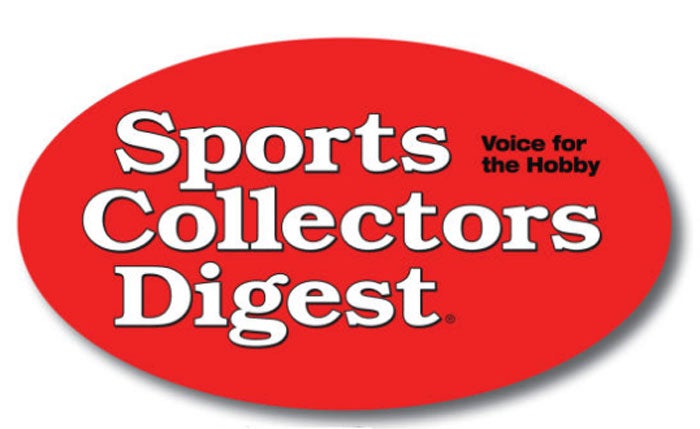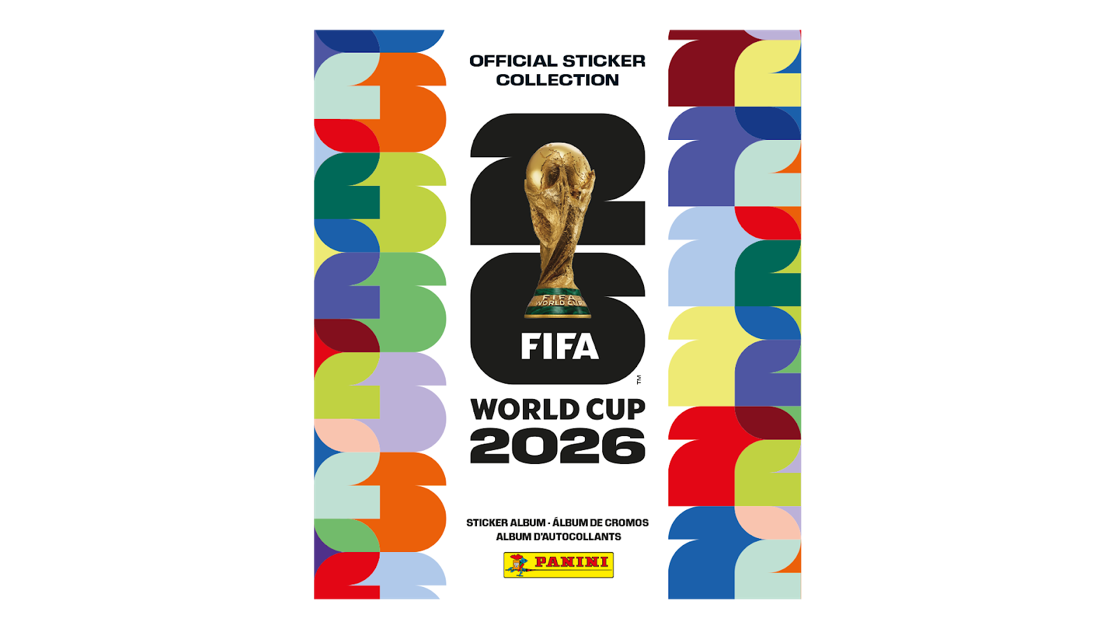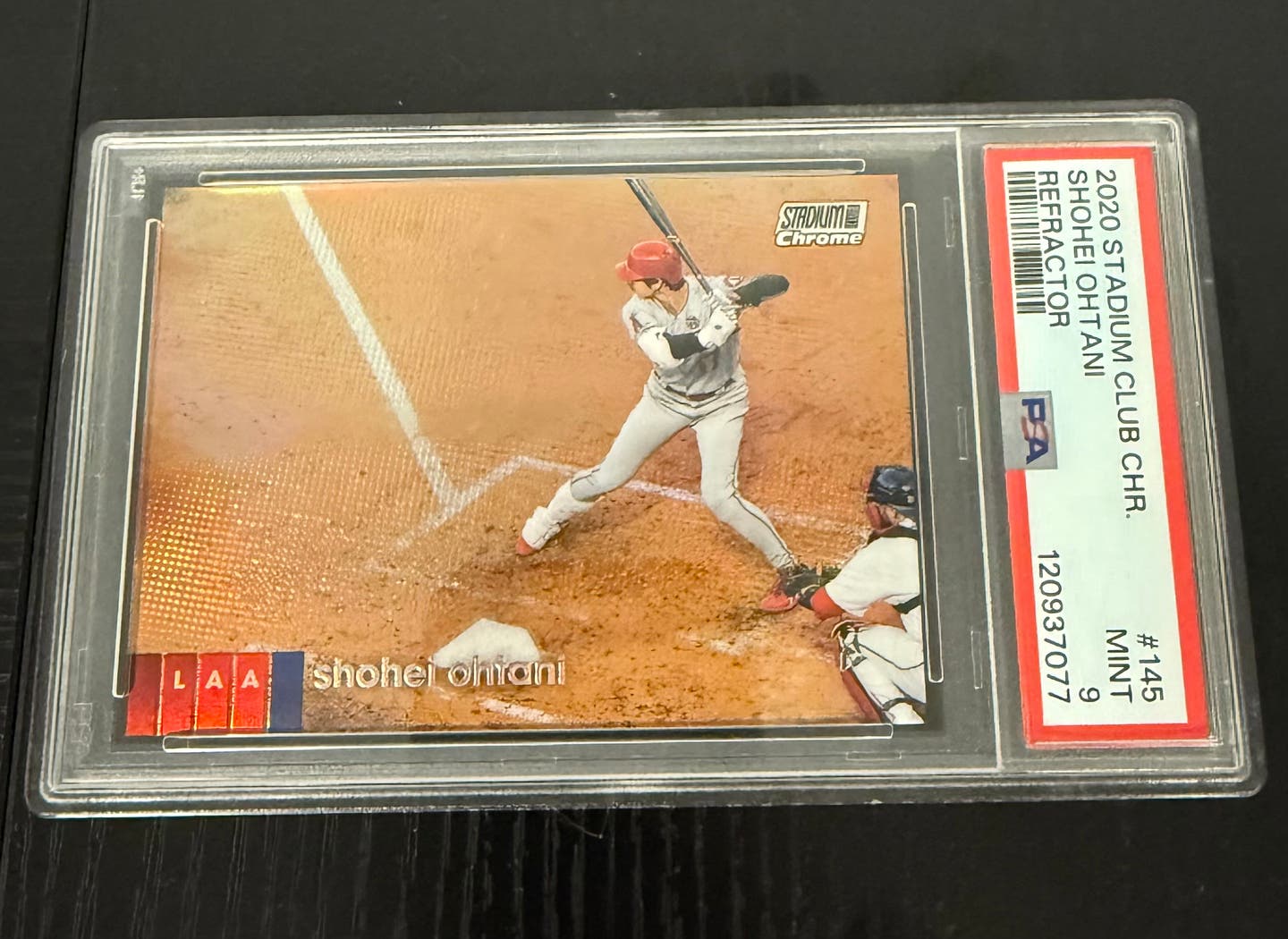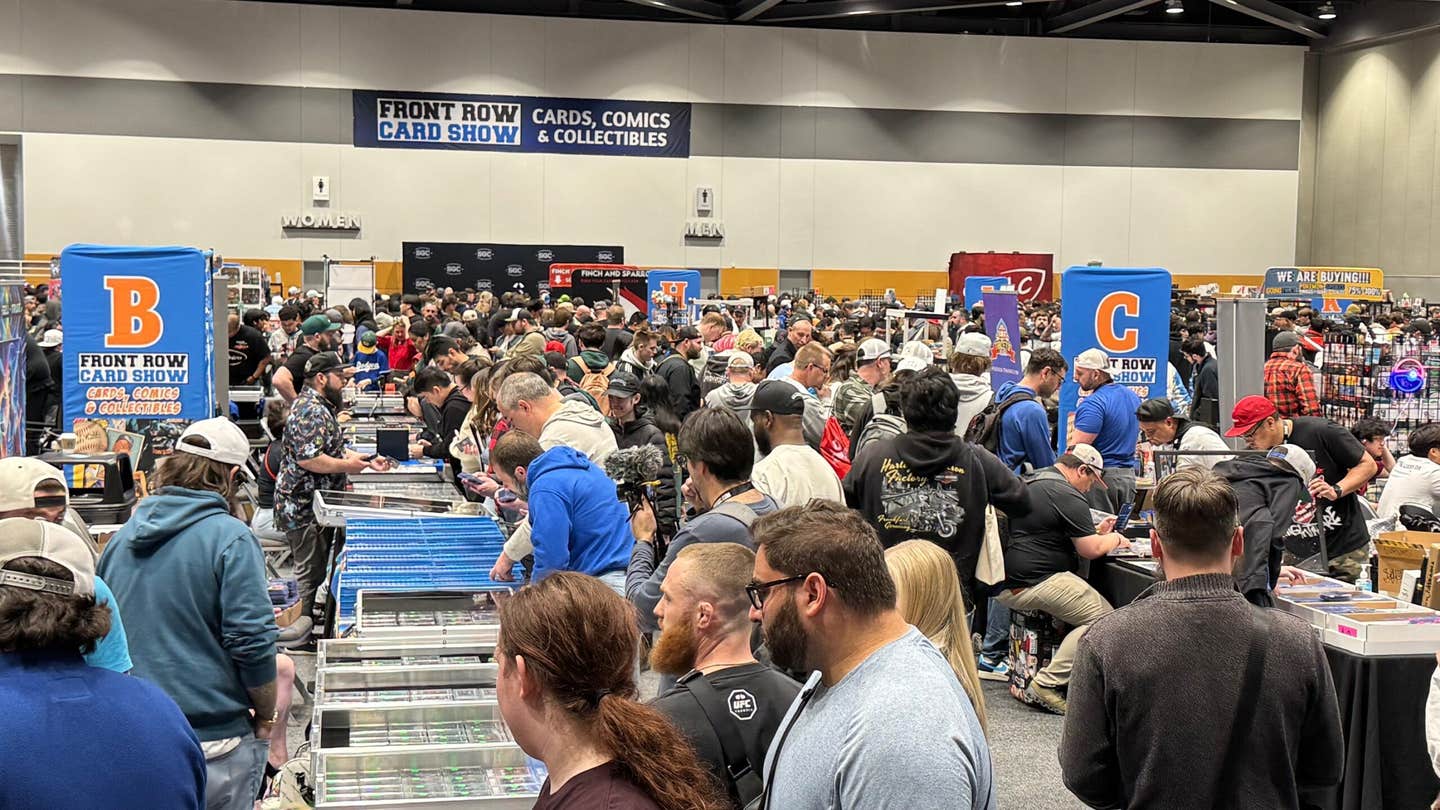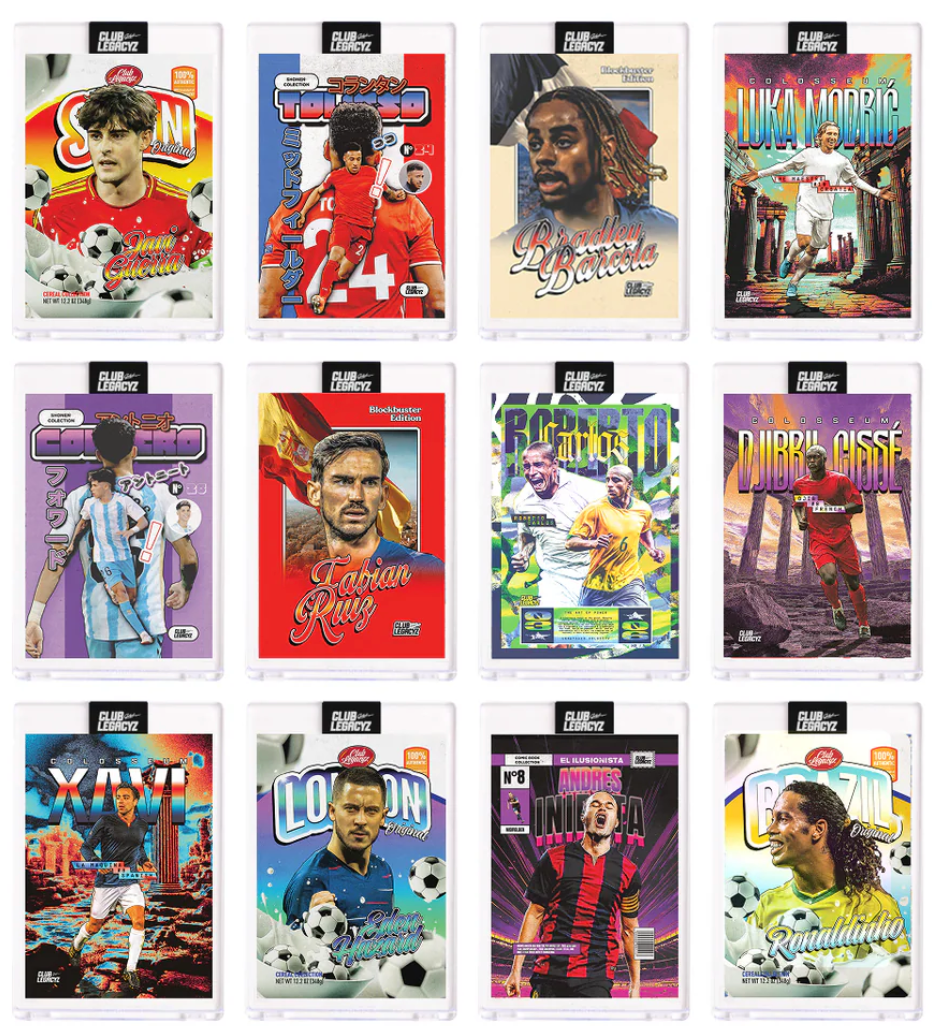Collector Shows
The shows they are a changin’ …
There’s a marked duality to the modern card show that has been in place now for nearly 20 years but seems now to be reaching some kind of critical mass.
I speak of the seemingly conflicting elements of the modern card show, the competing components of the card dealers and the autograph lineups that draw in the masses ostensibly to visit – and spend money – at the dealers’ booths.
Obviously, this is not a new phenomenon, but it’s impact seems to be growing, and it’s one that is patently visible at the major regional shows like the recent Chicago Sun-Times Show at the convention center in suburban Rosemont, Ill.
The old saw in the hobby about a promoter’s obligation to bring people through the door and the dealers’ attendant responsibility to find a way to make sales from that crowd seems to get sorely tested as the former boasts impressive crowd numbers amid many in the the latter group grumbling that the bodies may be in the room but most aren’t spending real money at the tables.
It should be noted that the pesky national (international?) recession that we’ve been living through for the last several years probably has something to do with that as well.
After a steady stream of patrons strolled into the convention center from Friday to Sunday, Mounted Memories President Mitch Adelstein was understandably upbeat about the weekend’s tally. “This was a little stronger (attendance) than the last show in March, but the autograph lineup was stronger and more diverse than previously,” Adelstein said Sunday afternoon.
While attendance figures weren’t available, he said he was “very pleased” with the turnout, adding that including a significant number of guests who had rarely or never been to the Windy City almost certainly helped the numbers, along with a rollback pricing promotion that Mounted Memories has had in place for a couple of years.
And he wasn’t kidding: the autograph pavilion was virtually always teaming with collectors waiting patiently for a crack at signatures or photo ops (now pretty much institutionalized as a pay-to-play deal at least for the biggest stars).
And while the dealer aisles weren’t quite as crowded as they might have been several years ago, there was that same steady traffic streaming around every corner. The anecdotal evidence of attendance makes it a thorny question for dealers to lament weak sales, if for no other reason than that aforementioned old bromide that suggests a promoter’s responsibility ends at bringing customers through the door.
Polling dealers about how their weekend has always been a tricky business, since you might just ask the wrong three or four dealers and get a skewed answer in either direction. Still, in recent years as virtually everybody grapples with perhaps the worst recession in our lifetime, the gloom-and-doom crowd’s understandable lament ends up being the prevailing sentiment.
I probably could have noted that shows actually face a three-prong dilemma: what once was a singular focus on bringing collectors to dealers’ tables now truly serves two additional interests: the major auction houses as well as the autograph industry.
As a result of the growth of major auctions, the character of card shows has been further redefined, with the role of dealers buying huge collections more limited than 10-15 years ago because so much of that kind of material winds up being put into auctions.
I’ll have more on the Sun-Times Show tomorrow.

